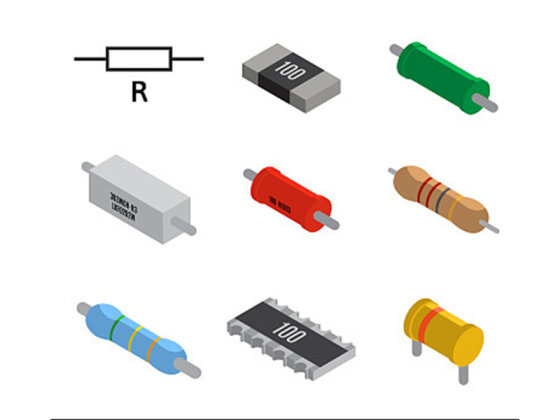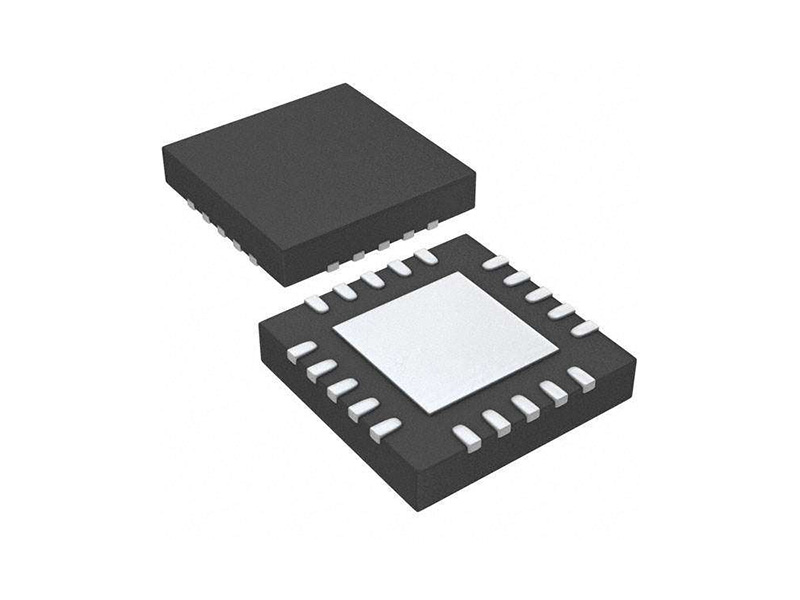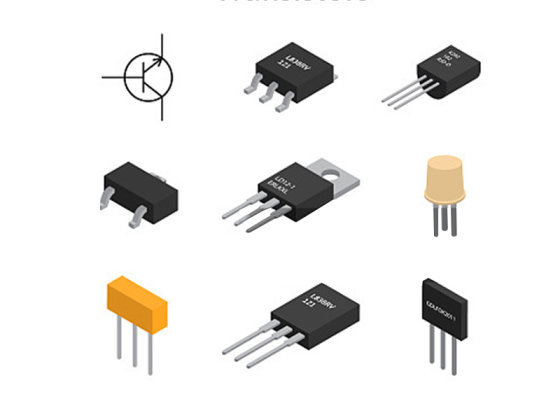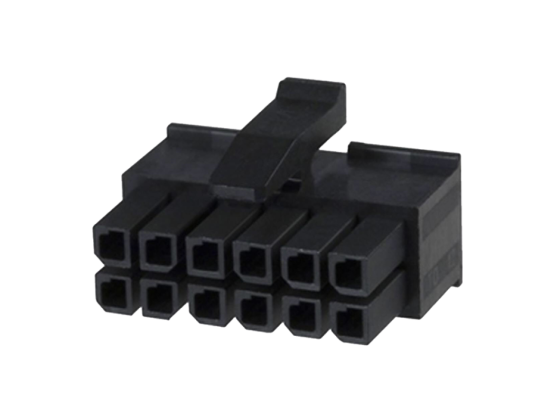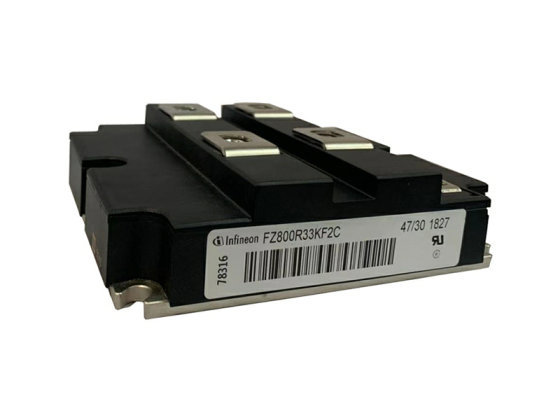A resistor is generally referred to directly as a resistor in everyday life. It is a current-limiting element. When a resistor is connected to a circuit, the resistance value of the resistor is fixed, usually on two pins, and it limits the amount of current that can pass through the branch circuit to which it is connected. The resistance value cannot be changed is called fixed resistor. Those with variable resistance are called potentiometers or variable resistors. The ideal resistor is linear, i.e., the instantaneous current through the resistor is proportional to the applied instantaneous voltage. Variable resistors for voltage division. One or two removable metal contacts are pressed against a bare resistor body. The position of the contacts determines the resistance between either end of the resistor body and the contacts.
The end voltage and current have a definite function relationship, reflecting the ability to convert electrical energy into other forms of two-terminal devices, denoted by the letter R, the unit is Ohm Ω. Actual devices such as light bulbs, electric heating wires, resistors, etc. can be expressed as resistor elements.
The resistance of a resistive element is generally related to temperature, material, length, and cross-sectional area. The physical measure of resistance affected by temperature is the temperature coefficient, which is defined as the percentage change in resistance per 1°C increase in temperature. The main physical characteristic of a resistor is the conversion of electrical energy into thermal energy, and it can also be said to be an energy dissipating element, through which current is passed to generate internal energy. The resistor usually acts as a voltage divider and current divider in a circuit. For signals, both AC and DC signals can pass through a resistor.
A resistor is generally referred to directly as a resistor in everyday life. It is a current-limiting element. When a resistor is connected to a circuit, the resistance value of the resistor is fixed, usually on two pins, and it limits the amount of current that can pass through the branch circuit to which it is connected. The resistance value cannot be changed is called fixed resistor. Those with variable resistance are called potentiometers or variable resistors. The ideal resistor is linear, i.e., the instantaneous current through the resistor is proportional to the applied instantaneous voltage. Variable resistors for voltage division. One or two removable metal contacts are pressed against a bare resistor body. The position of the contacts determines the resistance between either end of the resistor body and the contacts.
The end voltage and current have a definite function relationship, reflecting the ability to convert electrical energy into other forms of two-terminal devices, denoted by the letter R, the unit is Ohm Ω. Actual devices such as light bulbs, electric heating wires, resistors, etc. can be expressed as resistor elements.
The resistance of a resistive element is generally related to temperature, material, length, and cross-sectional area. The physical measure of resistance affected by temperature is the temperature coefficient, which is defined as the percentage change in resistance per 1°C increase in temperature. The main physical characteristic of a resistor is the conversion of electrical energy into thermal energy, and it can also be said to be an energy dissipating element, through which current is passed to generate internal energy. The resistor usually acts as a voltage divider and current divider in a circuit. For signals, both AC and DC signals can pass through a resistor.

